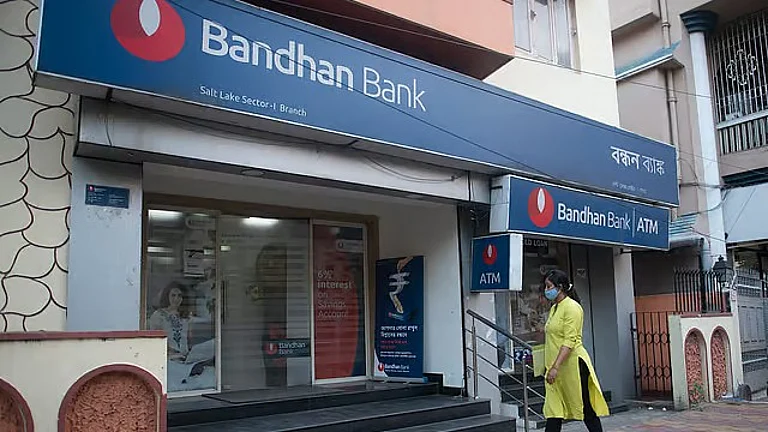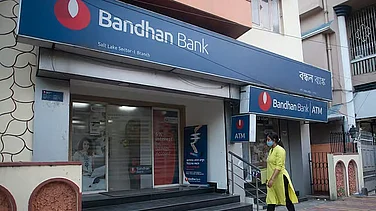Agriculture is undoubtedly the largest employment generator in the country—it provides livelihood to approximately 58 per cent of the population. Though its share in the country’s GDP has dropped below 20 per cent, the aggregate agricultural production has increased.
On a positive note, agriculture has made India self-sufficient to the extent that the country is now a net exporter of agriculture and allied products. But at the other end of the spectrum is the fact that as per estimates of Indian Council of Agricultural Research (ICAR), the demand for foodgrains is expected to increase to 345 million tonnes by 2030, driven largely by increasing population, increasing average income and globalisation effects driving demand for quantity, quality and variety of food. The way forward is to reduce losses and optimise warehousing services.
Challenges To Agriculture
From land to infrastructure to finance and other logistics, the agriculture sector in the country faces several challenges. Despite ideal conditions, the average productivity of many crops is quite low. A major challenge is small land holdings, with approximately 85 per cent being marginal and small farm categories of less than two hectares. Low access to credit affects the decisions of farmers in the purchase of inputs and sale of outputs. Poor infrastructure for farming with high dependence on weather, marketing and supply chain for high-value crops is yet another challenge for the sector. Also, the use of technology and mechanisation is inadequate. Additionally, there is less value addition vis-à-vis developed countries and negligible primary-level processing at farmers’ level.
Making It Sustainable
Reducing losses, realising better value for agricultural produce and ensuring a seamless financing platform for farmers, among others can drive economic growth for the sector and the community. Improving technologies like artificial intelligence (AI), machine learning (ML) and internet of things (IoT) and adoption of the same will also drive growth in the sector going forward. All these platforms and tools bring transparency, consistency and sustainability to agriculture.
Incidences of post-harvest losses have reduced with the increasing number of modern warehouses in the private sector which use technology to link with related government and private establishments, thus providing a seamless supply chain.
Digitisation of warehouses is helping food grain suppliers make appropriate decisions with regards to storage while optimising other parameters like distance from ‘mandis’, nearest processor, types of service like fumigation and financing availability, etc. all available at the click of a button.
Digitisation of commodities to build e-receipts, AI, ML and IoT-based quality assessments, and the implementation of agriculture technology integrated to physical presence. are further enhancing competencies for the flow of institutional credit while enabling financial inclusion of smallholder farmers.
Going “Phygital”
Tech-enabled “phygital” (physical plus digital) infrastructure comprises proprietary and patented applications that facilitate effective warehousing solutions agnostic of infrastructure, geography and crops while allowing real-time monitoring and management of crops. Considering the increasing pace of technology penetration, agribusinesses involved in the post-harvest segment, primarily warehousing, are deploying such applications with the sole purpose of “phygitalising” the entire warehouse management system. These applications provide various post-harvest agriculture stakeholders (farmers, agri traders and arthiyas) with a diverse range of services like spot audit receipts, quality control and surveillance along with geotagging of warehouses.
In a country like India where the average post-harvest losses are said to be pegged at 10 per cent mainly due to poor storage, agribusiness in the warehousing segment has been able to reduce such losses to a mere 0.5 per cent with deployment of tech-enabled proprietary and patented applications. Some of the case studies have been well documented and validated by leading industry chambers like FICCI.
Agritech start-ups of late have been at the forefront with the deployment of new age technology applications paving the way for new service models like ‘Farm-To-Fork’, ‘Farming-as-a-Service (FaaS)’, etc. Rapid growth of agritech recently has been made possible due to a conducive policy environment, rural internet and smartphone penetration and affordability of digital technologies coupled with a positive investor sentiment. Going forward, it will be interesting to review and monitor the contribution of agritech in driving the ‘Next Green Revolution’, creating agriculture as a comprehensive, value-added and knowledge-intensive sector.
Encouraging ‘agripreneurship’ in alignment with the government mandates like ‘Aatmanirbhar Bharat’, ‘Make in India’, etc. will provide further impetus to the growth and adoption of agritech while impacting the entire agri value chain in the larger sense of the term.
The writer is the CEO of Sohan Lal Commodity Management Pvt. Ltd Group


























